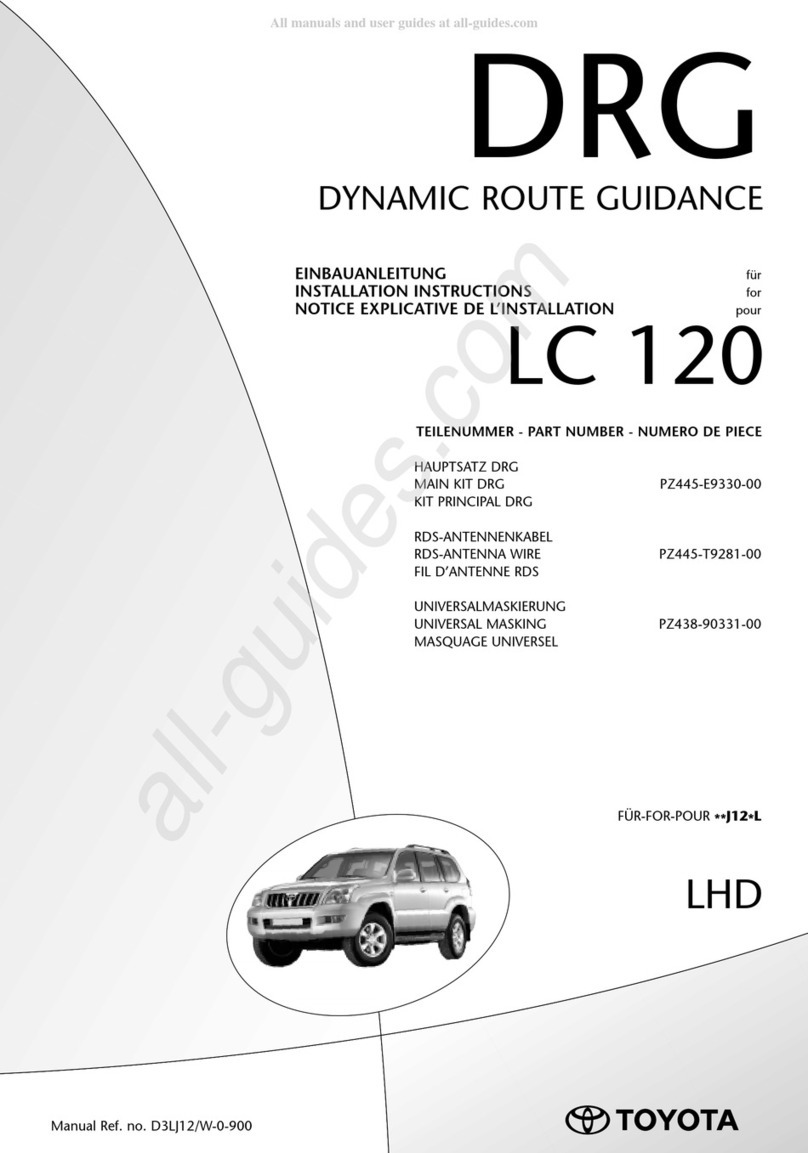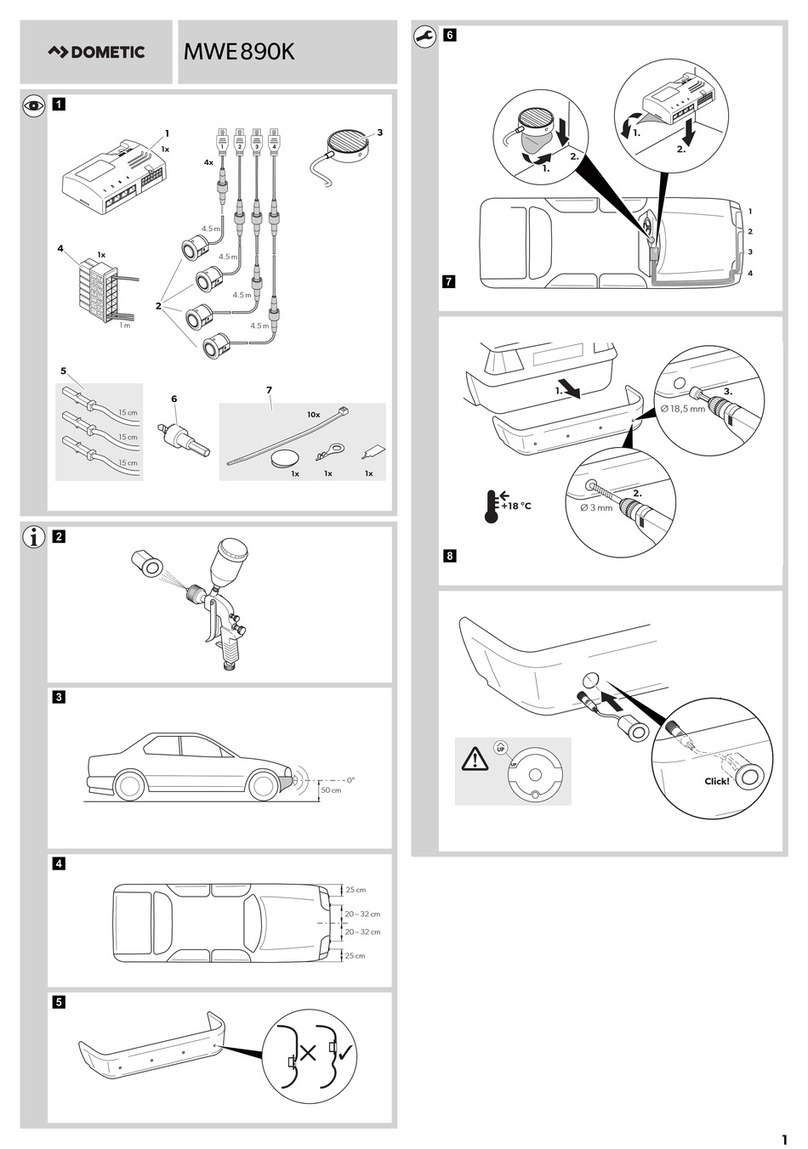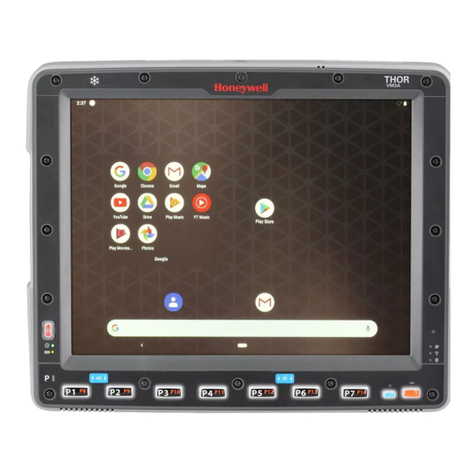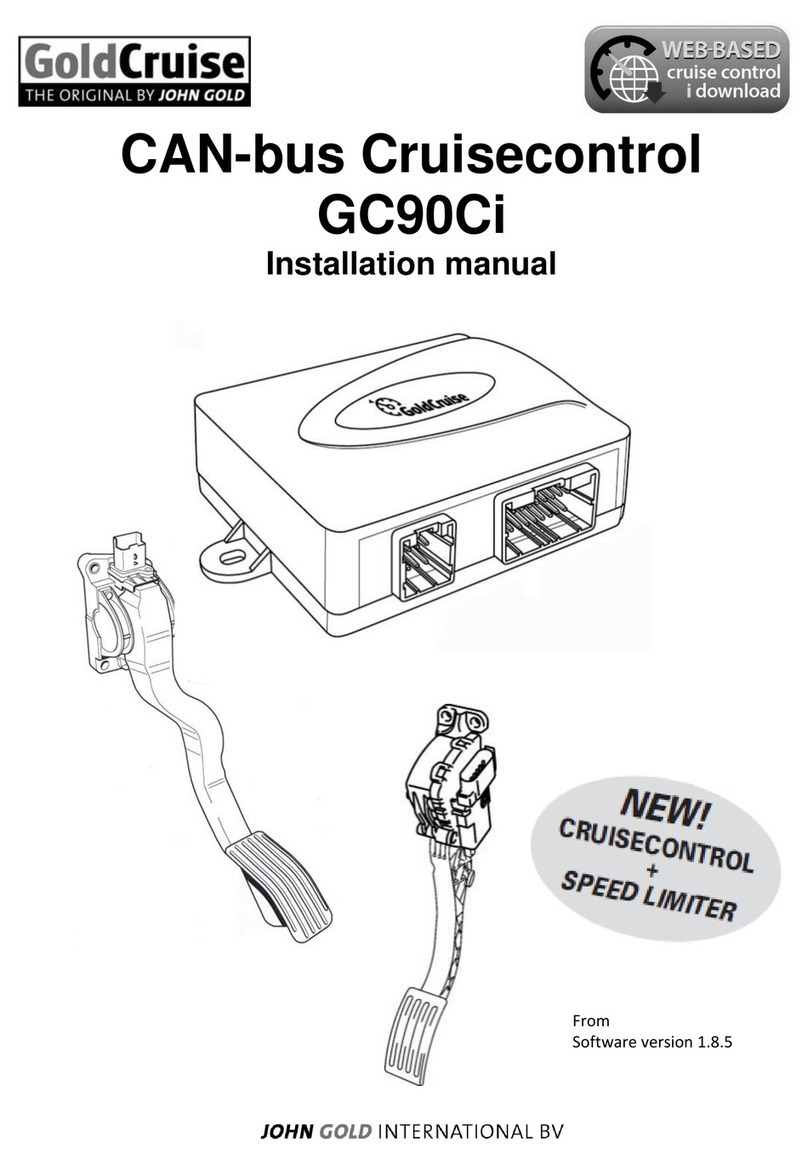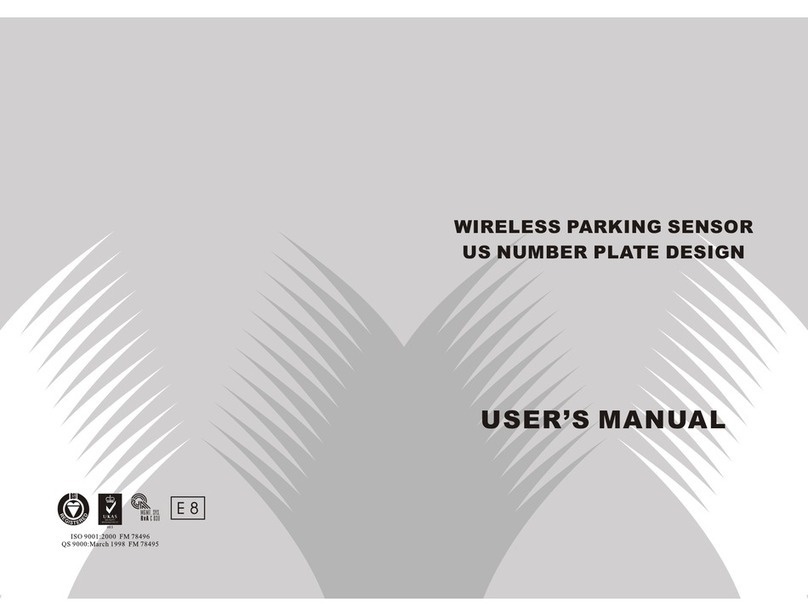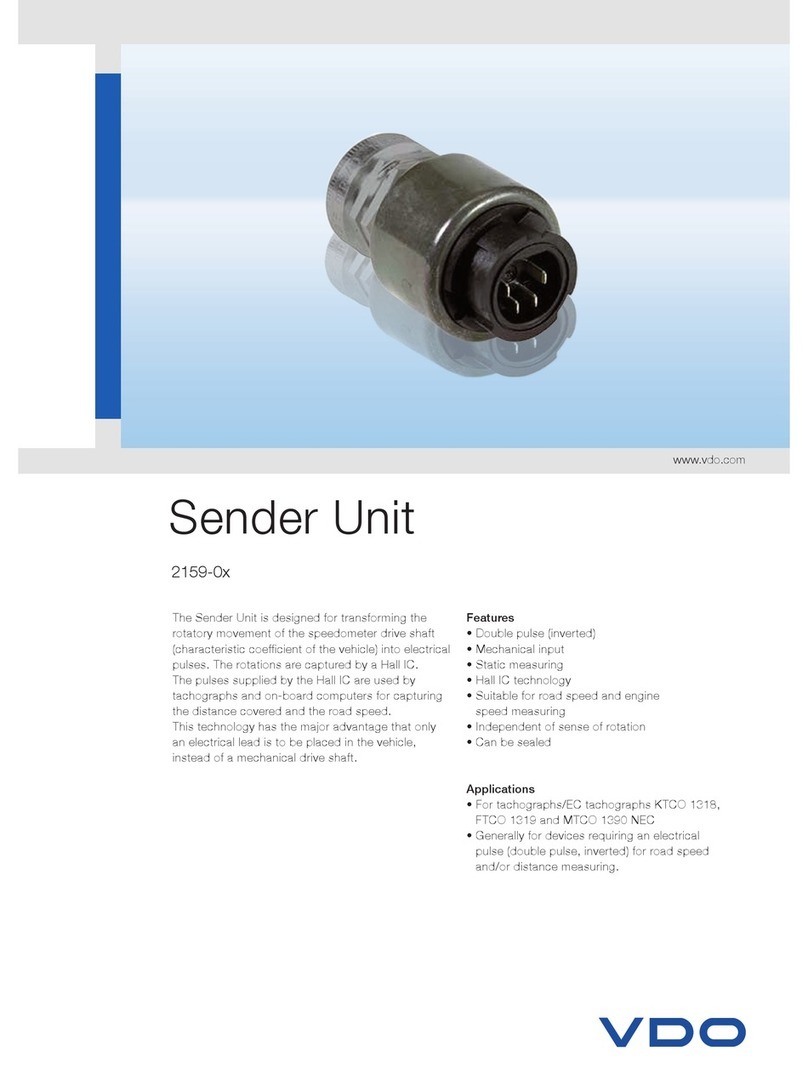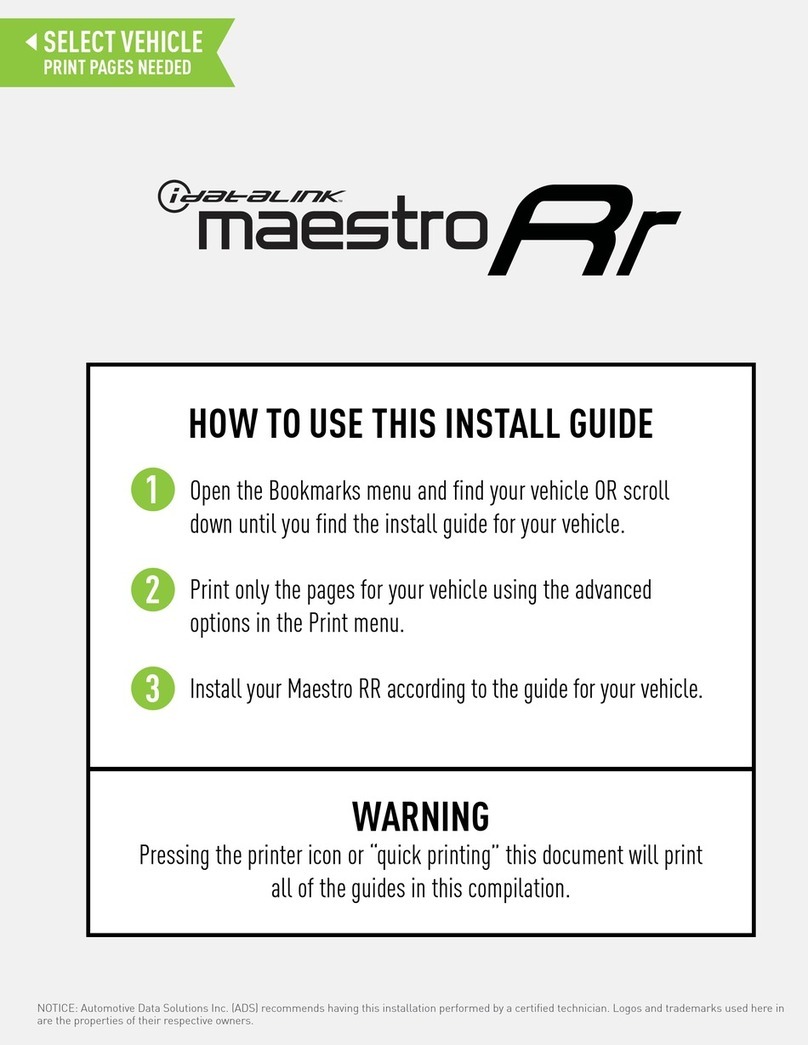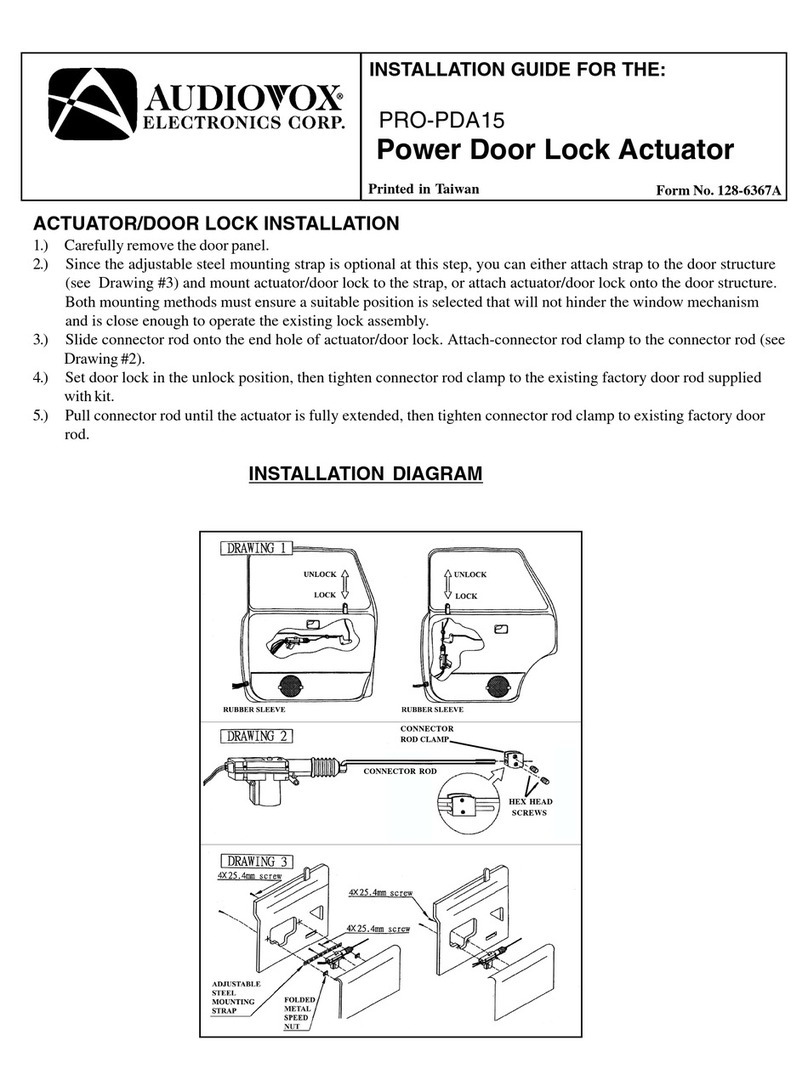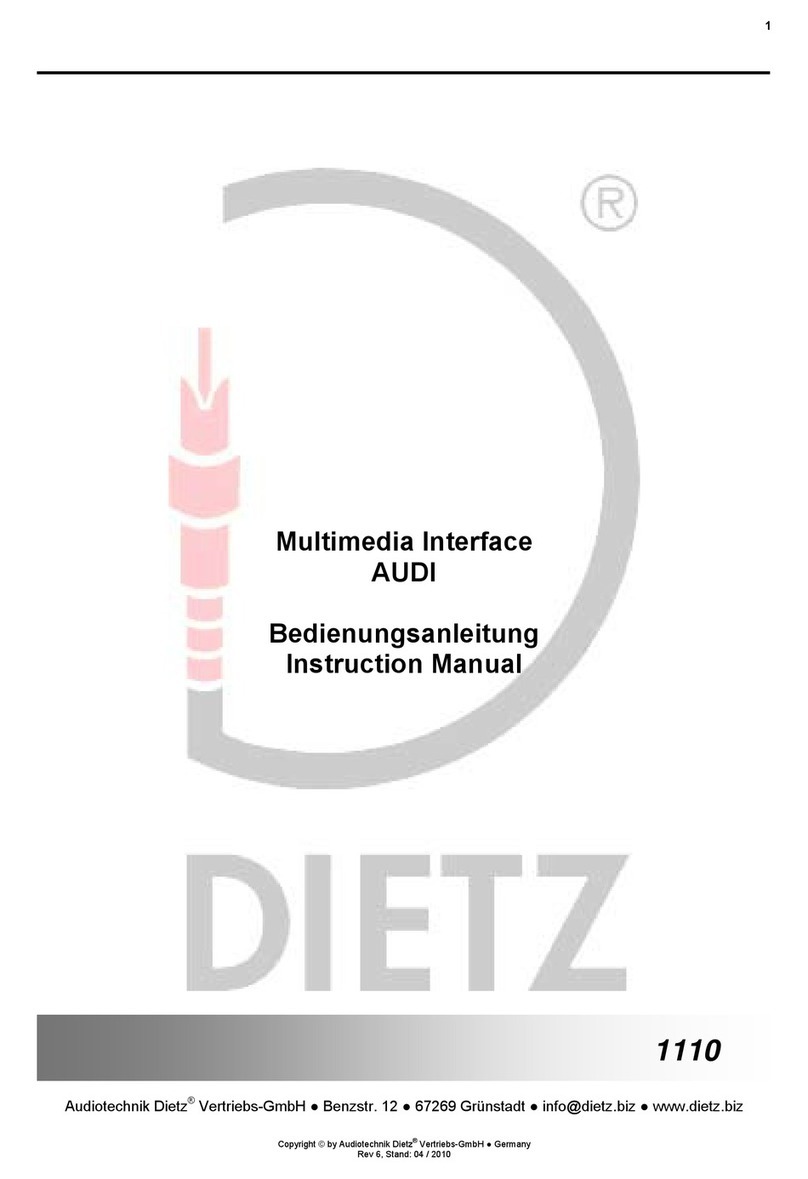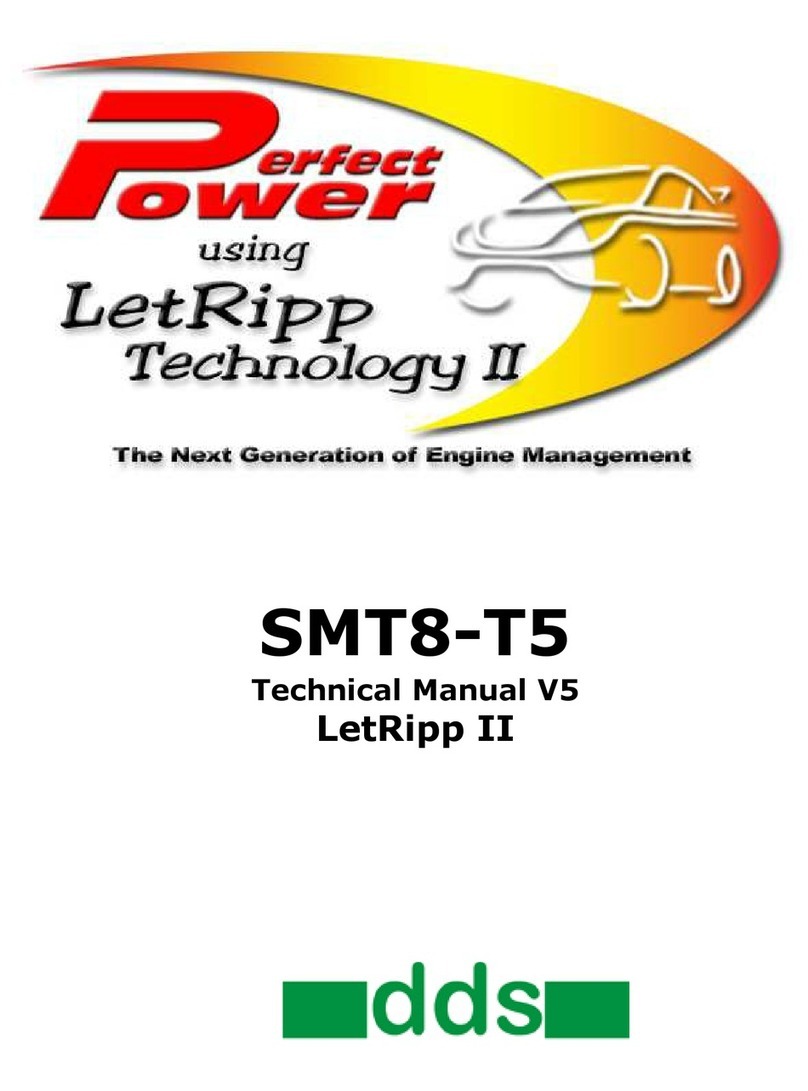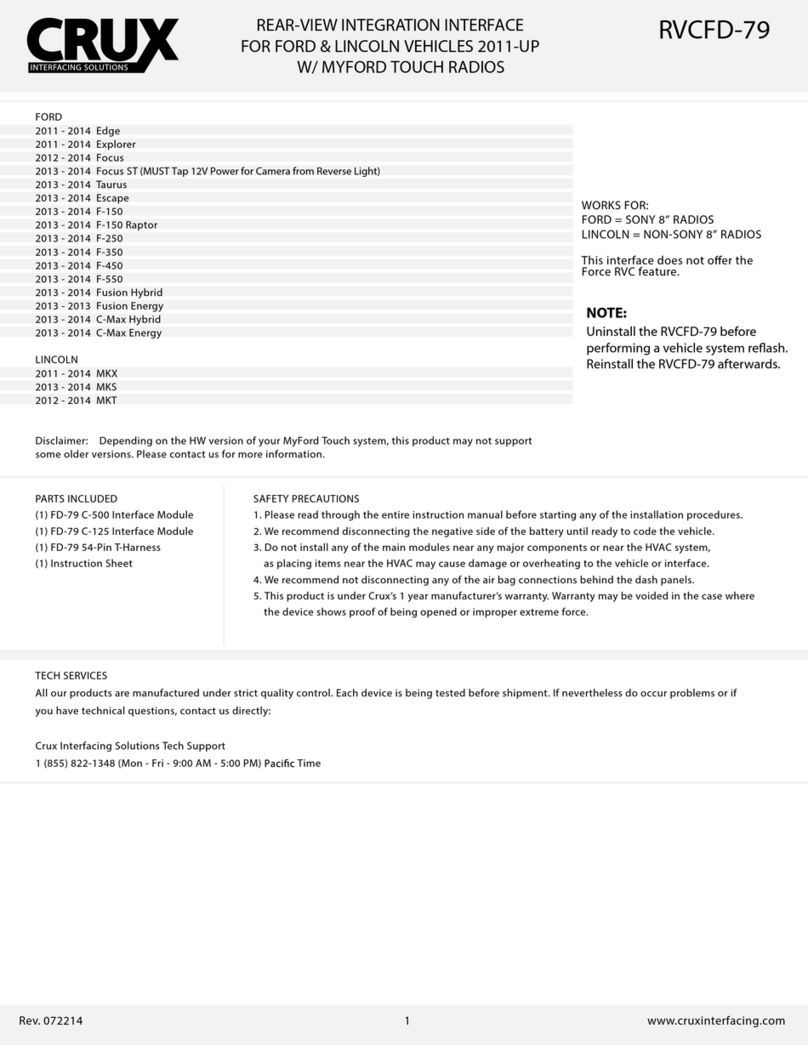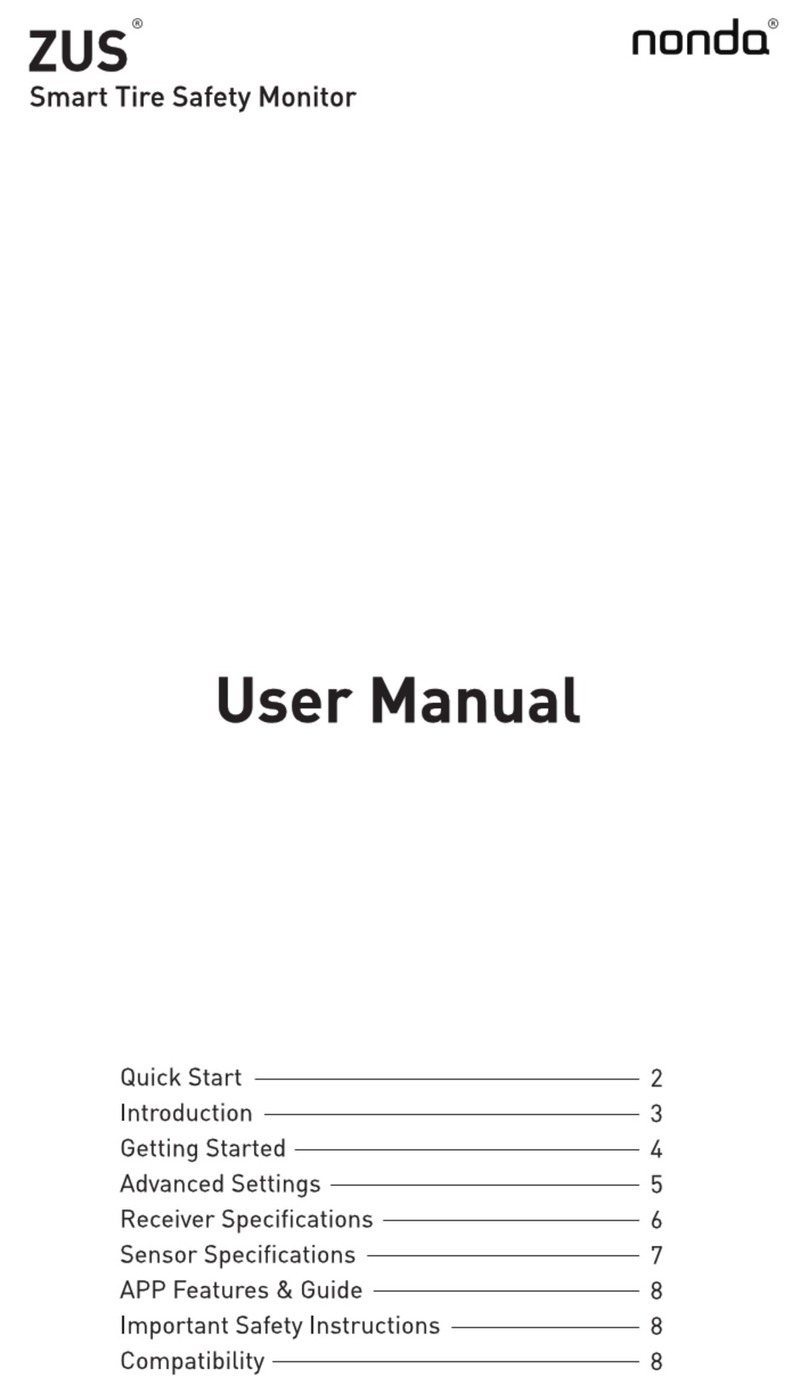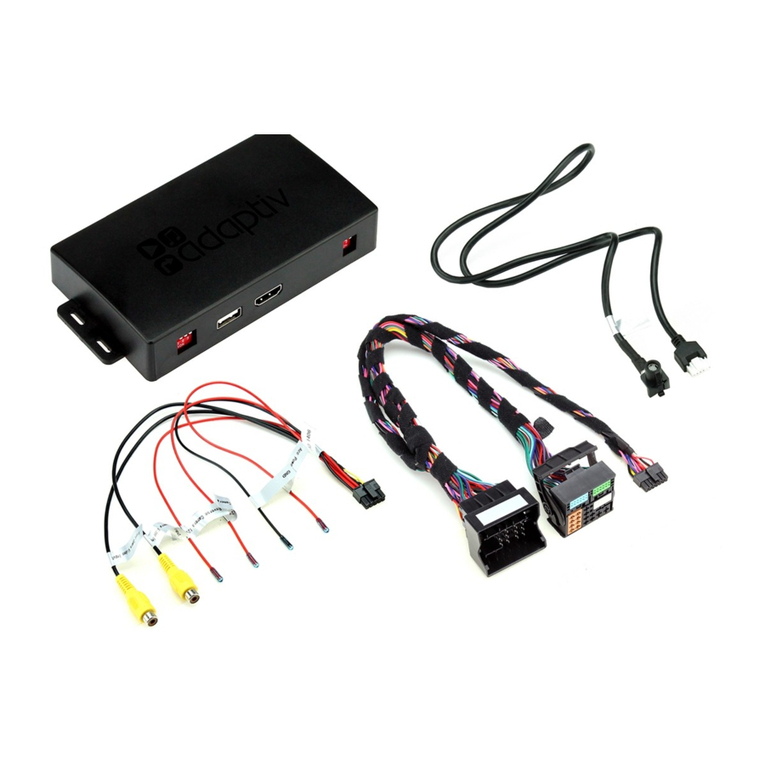
INDEX
4.2.1. Creating an account.................................................................................. 30
4.2.2. Signing in ............................................................................................... 31
4.3. Smart Parking nodes registration ........................................................................... 32
4.4. Editing Smart Parking nodes.................................................................................. 33
4.5. Export CSV file with nodes credentials ..................................................................... 34
5. Smart Devices App................................................................................................ 36
5.1. How to install the Smart Devices App ...................................................................... 36
5.1.1. Start Smart Devices App on Windows........................................................... 37
5.1.2. Start Smart Devices App on GNU/Linux ........................................................ 38
5.1.3. Start Smart Devices App on MacOSX ............................................................ 38
5.2. Upgrading the Smart Devices App .......................................................................... 38
5.3. Smart Parking v2 ................................................................................................ 38
5.3.1. How to plug the Smart Parking node............................................................ 39
5.3.2. Configuration .......................................................................................... 39
5.3.3. Programmer (change node parameters) ....................................................... 40
5.3.4. Firmware upgrade .................................................................................... 41
5.3.5. Factory Reset .......................................................................................... 43
6. LoRaWAN Network Server setup . . .... .... . .... .... . .... .... . .... .... . .... .... . .... ... ..... .... ..... .... ... 44
6.1. Loriot ................................................................................................................ 44
6.1.1. Log in .................................................................................................... 44
6.1.2. Create a new Loriot application................................................................... 45
6.1.3. Manage Loriot output data ........................................................................ 46
6.1.4. How to delete unused Loriot applications ..................................................... 47
6.1.5. How to create a single device manually ........................................................ 48
6.1.6. Nodes batch provisioning in Loriot .............................................................. 49
6.2. Actility ............................................................................................................... 51
6.2.1. How to create a new Application Server........................................................ 51
6.2.2. How to create a new AS routing profile ......................................................... 53
6.2.3. How to create new devices manually............................................................ 55
6.2.4. Nodes batch provisioning in Actility ............................................................. 56
6.3. The Things Network (TTN) ..................................................................................... 58
6.3.1. Log in .................................................................................................... 58
6.3.2. Manage gateways .................................................................................... 60
6.3.3. Manage applications................................................................................. 62
6.4. The Things Industries (TTI) .................................................................................... 70
6.4.1. Log in .................................................................................................... 70
6.4.2. Manage gateways .................................................................................... 71
6.4.3. Manage applications................................................................................. 73
6.5. MultiTech basestation .......................................................................................... 82
6.5.1. Libelium’s Custom App .............................................................................. 82
6.5.2. Compatible firmware versions .................................................................... 87
6.5.3. Installing/upgrading Custom App ................................................................ 87
- 3 - v7.5
